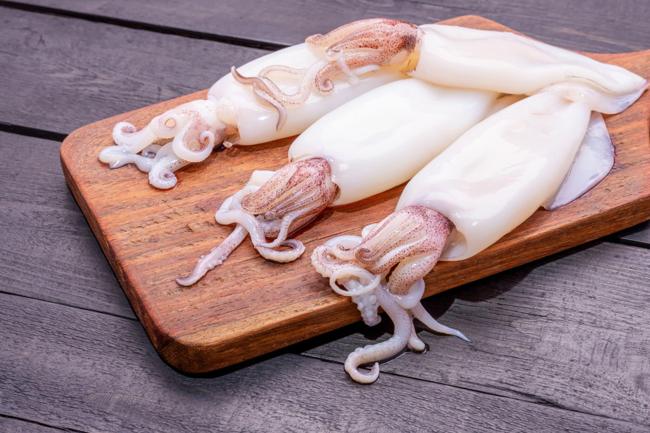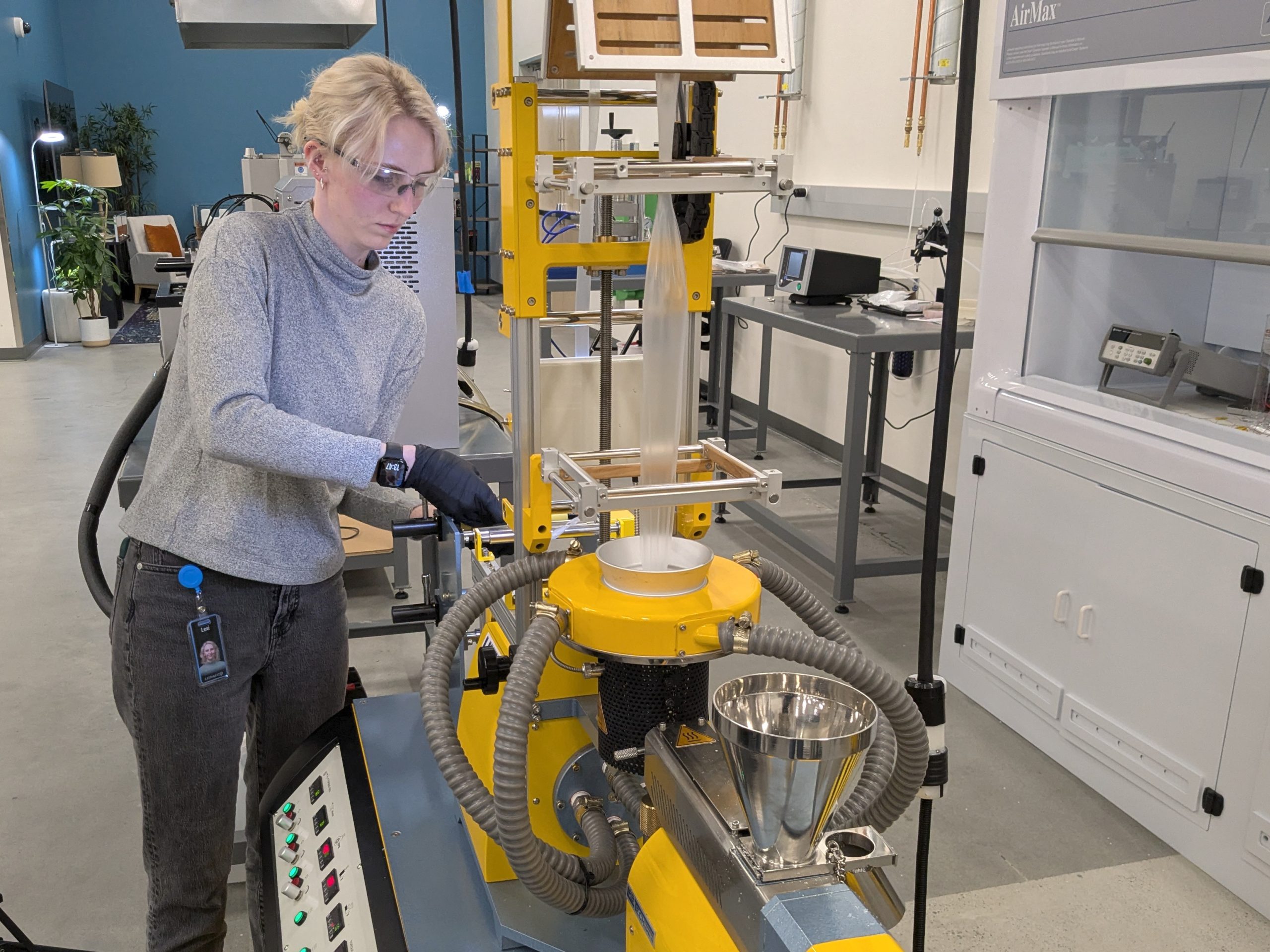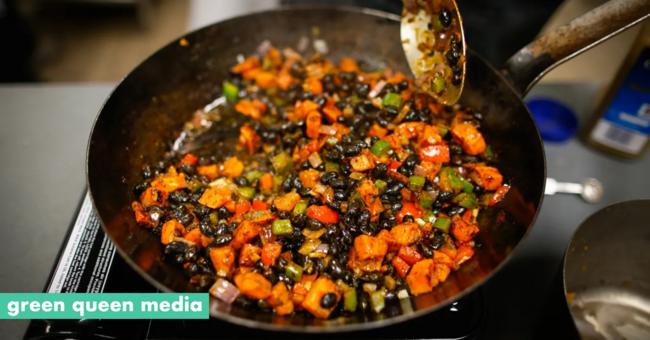Summary
Scientists successfully 3D printed plant-based calamari rings using mung bean protein and microalgae, creating a seafood alternative that closely matches real squid in texture and even surpasses it in protein content.
Source: Study Finds

AI News Q&A (Free Content)
Q1: What are the primary components used in the creation of 3D-printed plant-based calamari?
A1: The primary components used in the creation of 3D-printed plant-based calamari are mung bean protein and microalgae. These ingredients are chosen to closely mimic the texture of real squid while providing a higher protein content.
Q2: How does the protein content of 3D-printed plant-based calamari compare to real squid?
A2: The 3D-printed plant-based calamari is noted to surpass real squid in protein content. This is achieved through the use of mung bean protein, which is known for its high protein levels compared to traditional seafood options.
Q3: What are the potential environmental benefits of using plant-based proteins like mung bean in seafood alternatives?
A3: Plant-based proteins such as mung bean may offer environmental benefits by reducing the reliance on traditional seafood, which can impact marine ecosystems. By using sustainable plant sources, the innovation helps in reducing overfishing and supports biodiversity.
Q4: In what ways does the texture of 3D-printed plant-based calamari mimic that of real squid?
A4: The texture of the 3D-printed plant-based calamari mimics real squid through the precise formulation of mung bean protein and microalgae. The combination is engineered to replicate the chewiness and mouthfeel of squid, which is a key characteristic desired in calamari.
Q5: What are some recent scholarly findings on the impact of plant-based diet innovations on health?
A5: Recent scholarly findings indicate that plant-based diet innovations can contribute positively to health by offering alternatives that are lower in cholesterol and saturated fats compared to animal-based products. These innovations are often fortified to ensure they meet dietary protein requirements.
Q6: How does 3D printing technology contribute to the development of food products like plant-based calamari?
A6: 3D printing technology contributes significantly by allowing precise control over the food structure and composition, enabling the creation of complex textures and shapes that mimic traditional foods. This technology also facilitates customization and rapid prototyping of new food products.
Q7: What are the economic implications of adopting plant-based seafood alternatives in the market?
A7: The economic implications include potential cost savings from decreased reliance on traditional seafood supplies, which are subject to market fluctuations and overfishing issues. Additionally, plant-based alternatives may open new market segments catering to vegan and health-conscious consumers, potentially increasing market share.
References:
- Food Substitution and Waste Reduction Can Reduce the Environmental Impacts and Food Costs of School Meal Programs in the United States, A 2011-2018 NHANES Analysis.
- Hysteresis and intermittency in a nano-bridge based suspended DC-SQUID.





